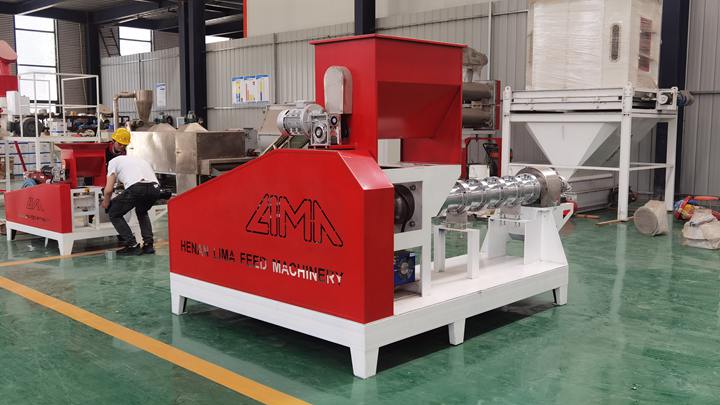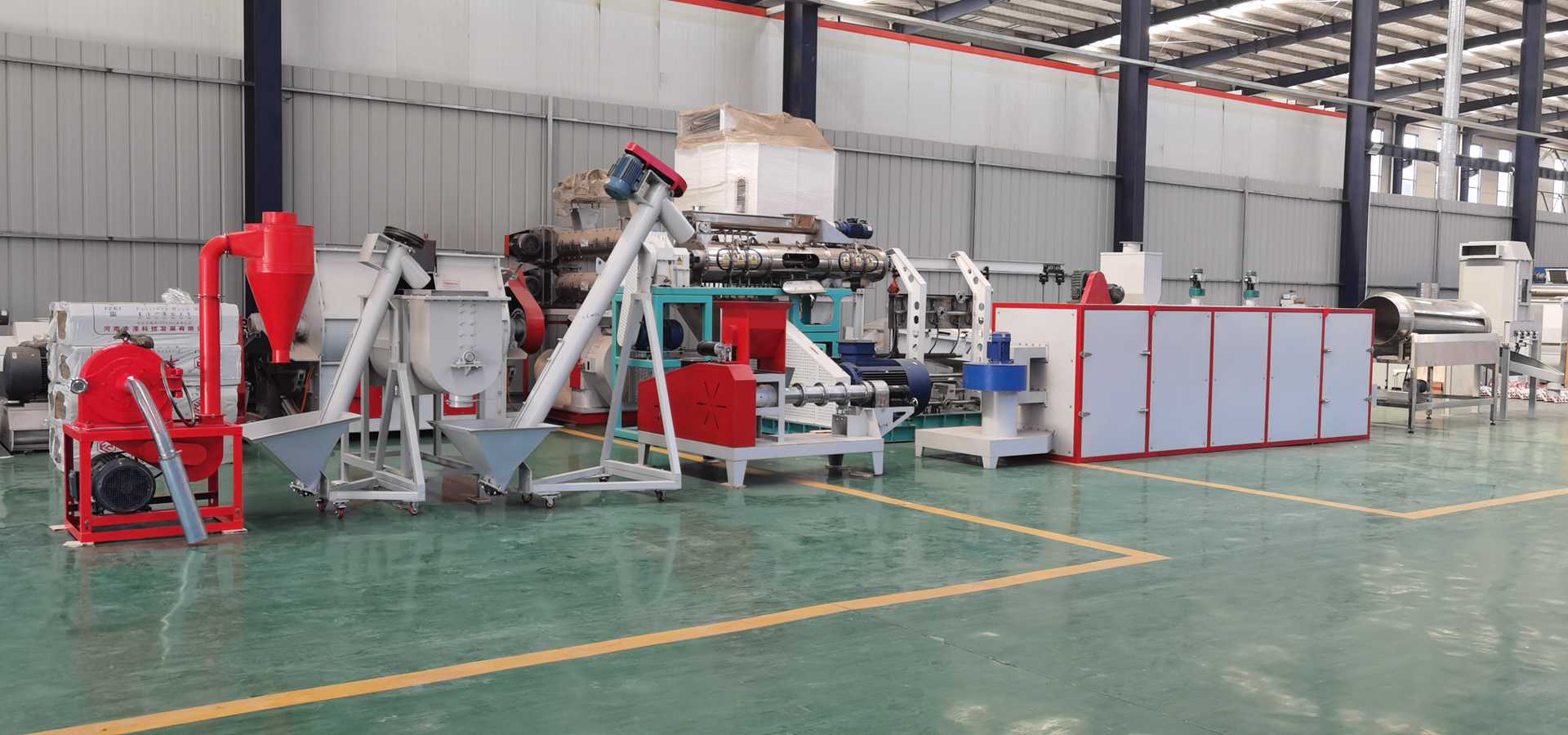Fish makes up 60 percent of the average Ghanaian’s protein diet. Global trends presently show a growing demand for fish, and fish can be an important leaner and lower calorie source of protein.
Choosing the right fish pellet equipment can make your aquaculture more effective. The feed pellet processed by Lima floating fish feed pellet machine has the advantages of high hardness, smooth surface, complete internal cooking, and good palatability. We also have a variety of fish food pellet production line configurations for customers to choose from. Choosing the Lima fish food pellet machine allows you to obtain the best economic benefits.
Ghana’s investment opportunities in fish husbandry
Investment in fish husbandry is similar as the product of fish feed, parenting, and stock of high-quality fingerlings and training and capacity structure in fish farming.
There has been an increase in private hatcheries to prop the development of aquaculture. However, there’s still a deficiency of 50 million fingerlings annually. The deficiency force of fingerlings limits the number of implicit fish farmers in Ghana and further leads farmers to resort to Undesired species to reproduce. There’s a request need for a dependable hatchery that can produce shindig and fingerlings of high quality.

Training and education are of the need for the youth across the entire value chain; new fish farming styles, technology, harvesting, draining ponds, stocking and fish farm maintenance are crucial assiduity skill conditions. There are numerous opportunities for companies to fill this gap.
Drivers of the fish farming market in Ghana
Increase in Demand for Fish
The increasing demand for fish globally and nationally and the declining supplies facing Ghana’s economy is other reasons for the development of aquaculture. In Ghana, more and more people are shying away from red meat as a source of protein due to health implications and are resorting to fish.

Provision of Food Security
Due to the role fishery plays in its contribution to GDP, the government has promoted aquaculture as a means of augmenting the declining marine catches yearly to provide food and employment for the populace.
Market Analysis and Trends of fish farming in Ghana
Ghana has a high domestic demand for fish and has one of the highest consumption per capita in the world (20 – 25kg/year). UN-Habitat predicts that the growing population and increasing urbanization mean the market for Ghanaian aquaculture is also expanding.
Currently, 87 percent of households in Ghana are recorded to be consumers of Tilapia, especially in the smoked form.
Market Challenges
The aquaculture development in Ghana is constrained by several factors, characterized by three components:
- Limited Availability of Inputs
- Lack of fingerling production in Ghana
- Lack of affordable feed throughout Ghana for startups
Fish transportation
The transportation of fish in Ghana is a major headache for small-scale farmers, especially inland. These farmers may not be close to their ideal consumption sites and so must rely on middlemen to do the sales and distribution else, risk losses.
A solution here that some farming associations have introduced is to pool their fish and pay for transport collectively to get their fish closer to the consumption centers.
Start a fish farm in Ghana

Ghana’s fish consumption requirement is about 720,000 metric tonnes however, fish supply stands at 400,000 annually. Ghana has a natural potential for aquaculture, yet after years of adoption, aquaculture’s contribution to the economy has been quite low. The growing population and increasing urbanization in Ghana mean the market for Ghanaian aquatic.





